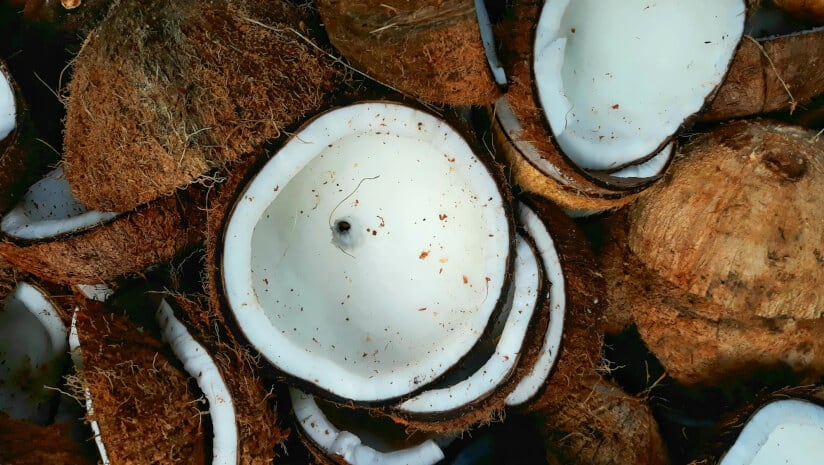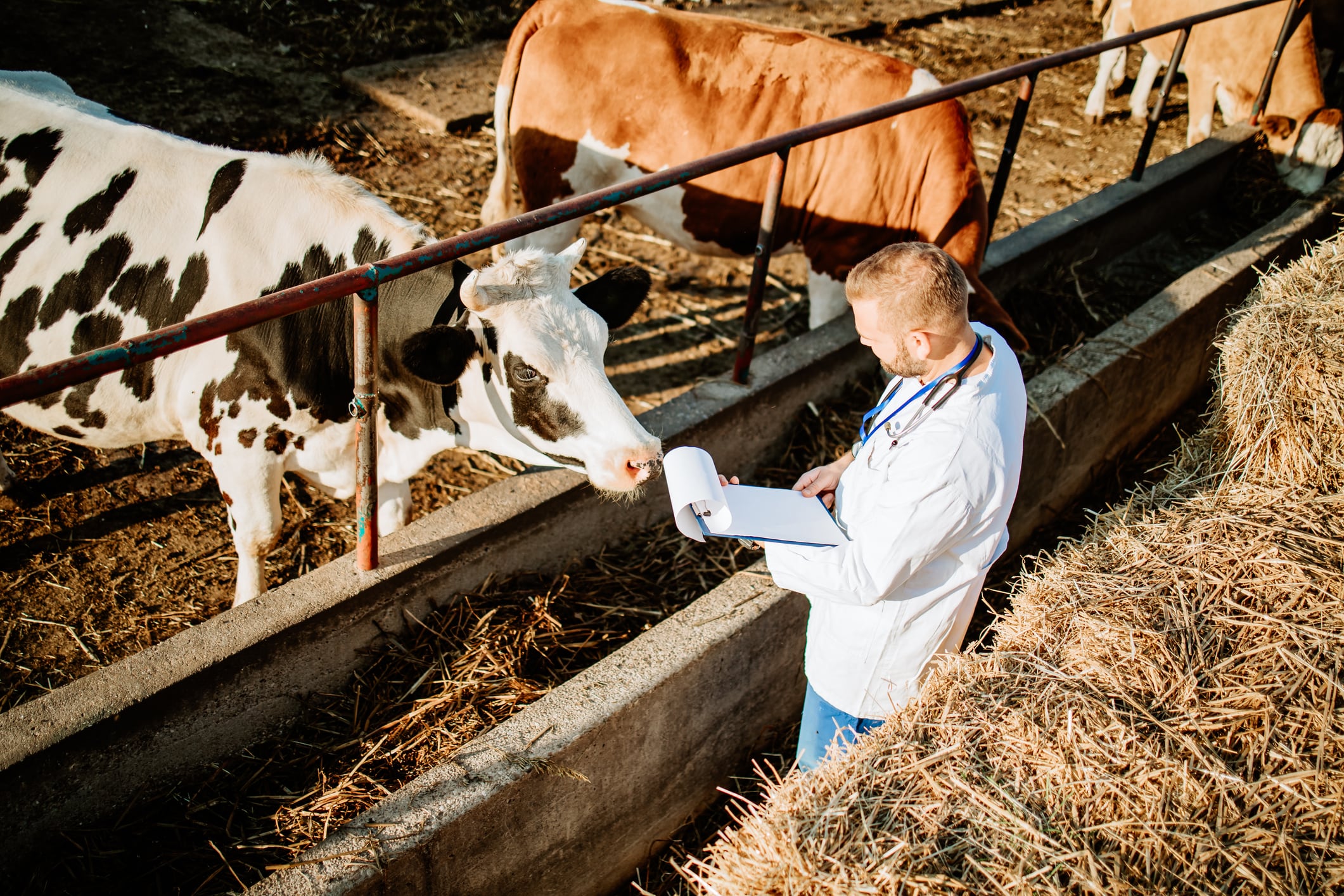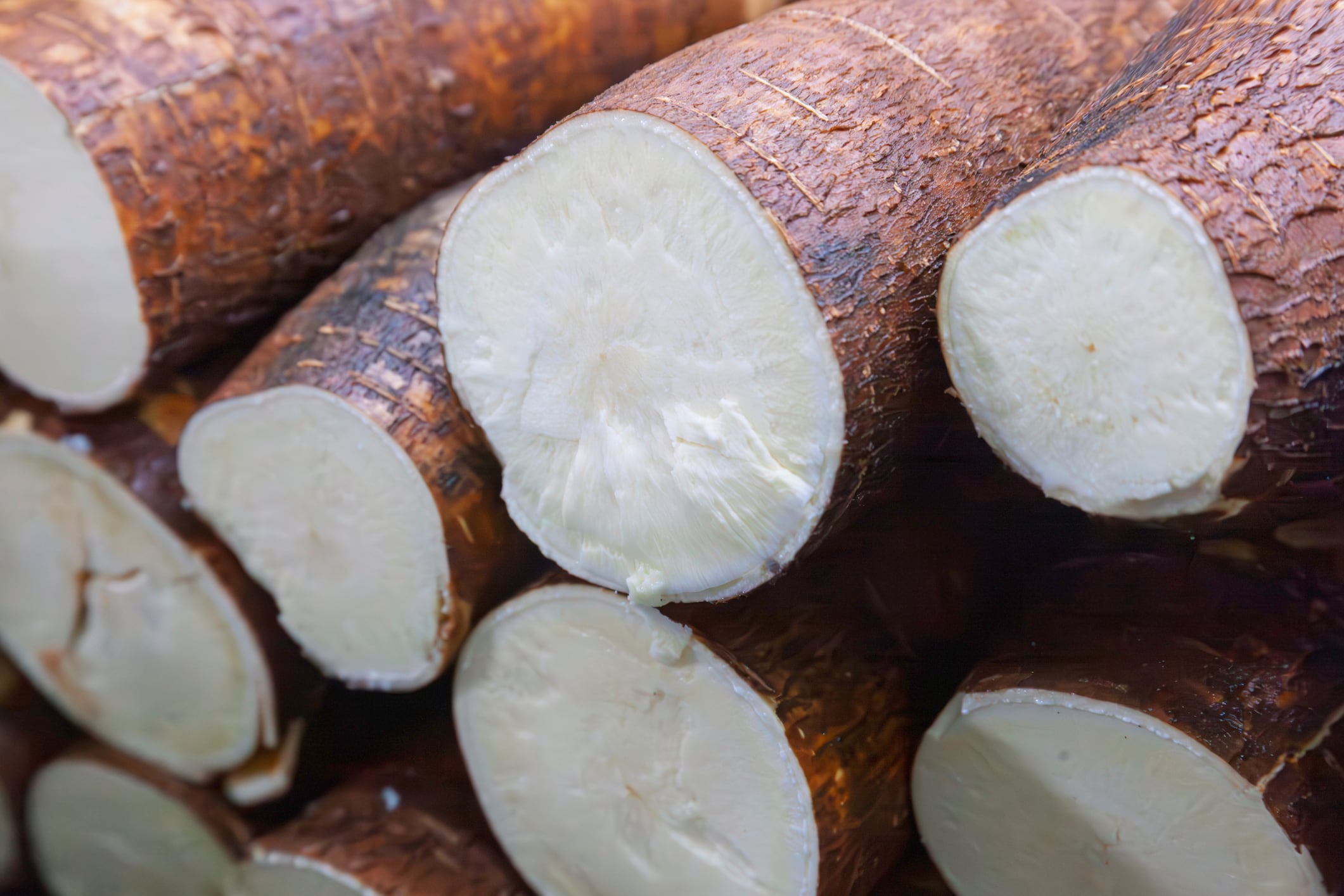Fresh coconuts have emerged as one of Vietnam’s top fruit exports, only surpassed by durian and dragonfruit in export value, said the Ministry of Agriculture and Environment (MAE).
“With the right policy support and strategic interventions, Vietnam’s coconut industry holds significant potential to become a billion-dollar export sector, contributing both to rural economic development and the global positioning of Vietnamese agricultural products,” said MAE.
Strategically, bringing coconuts into Vietnam’s national action plan for key industrial crops is seen as crucial to aligning regional development and unlocking targeted government investment in infrastructure, logistics, processing, and agri-tech.
Once an “overlooked” product, fresh coconut exports reached USD390m in 2024, accounting for 31% of total coconut export, according to Vietnam’s Department of Crop Production and Plant Protection.
The increase in exports were attributed to significant demand for fresh coconuts from US and China.
“Significantly, both the United States and China—the world’s two largest markets—have officially opened their doors to fresh Vietnamese coconuts, creating enormous opportunities for growth,” said MAE.
This turnaround stems from coordinated efforts across the sector but sustaining momentum and rivalling regional coconut giants like Thailand, the Philippines, and Indonesia will require Vietnam to tackle several long-standing challenges.
Key strategies for reform
According to Tran Le Hoa, Deputy Head of Social Sciences of the Vietnam Coconut Association, a major barrier is the fragmented landscape of the sector.
Coconuts are currently grown in 16 provinces and cities primarily through intercropping systems.
This makes it difficult for exporters to secure consistent supply in terms of variety, size, and quality.
To address this, the association sees an urgent need for a legal framework to support concentrated coconut farming, said Tran.
Such a framework would improve farmers’ access to credit and help integrate smallholders into formal export supply chains, creating a more reliable and scalable industry.
Standardisation is another key focus area.
The association encouraged authorities to collaborate with cooperatives and businesses to identify and certify “elite” coconut varieties, ensuring breeding programs produce high-quality, regionally suitable plants.
Additionally, it is “vital” that the industry should aim to develop standardised cultivation and fertiliser practices.
“Reducing unsustainable farming methods will help protect product quality and sustain long-term industry growth.”
Furthermore, developing strong regional branding can be a key strategy to boost the marketability and identity of Vietnam’s coconut products.
Experts suggested linking varieties to geography, including origin information and certified ownership.
“Promotional activities—such as participation in international trade fairs, digital marketing on e-commerce platforms, and partnerships with major importers—should be more systematic and large-scale,” suggested Tran.





